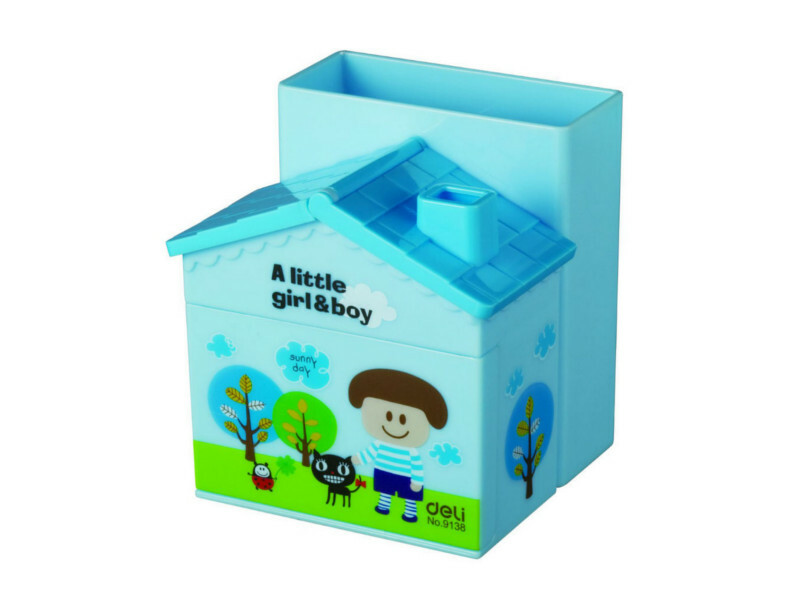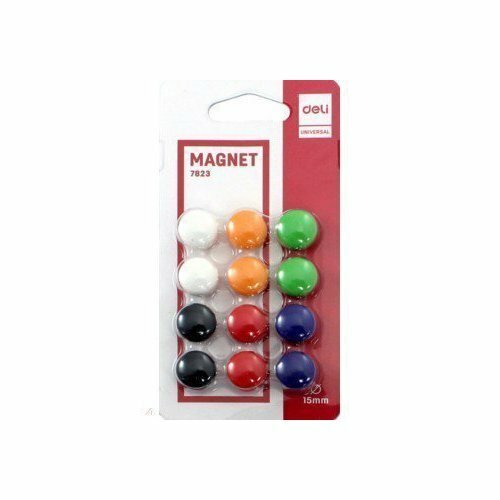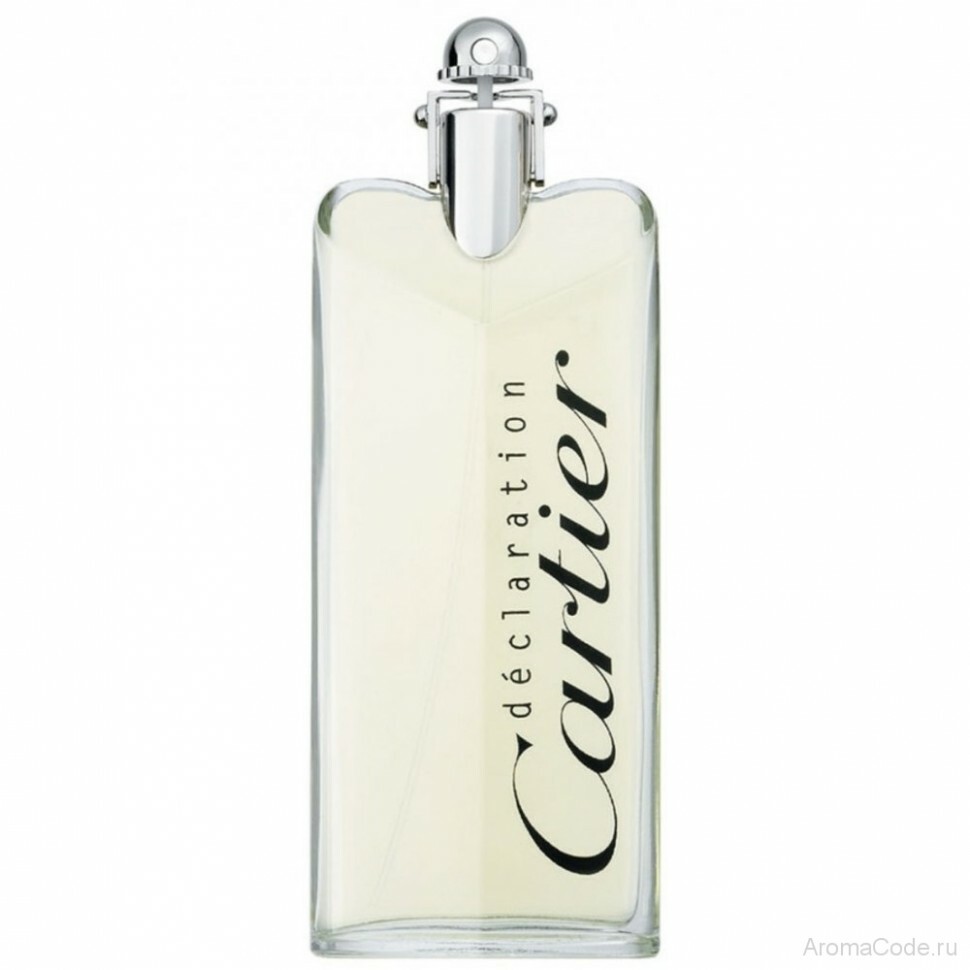During the construction of various buildings are often used materials to maintain the interior, including basalt insulation deserved respect, thanks to their high technical characteristics. This type of insulation can wear different names - stone mineral or basalt wool, but its essence remains the same.

The story of stone wool
Basalt heat insulation material forces created by nature itself, when molten lava escaping from the crater of the volcano and in contact with cold air, shatters into tiny fibers. Two hundred years ago in Hawaii Volcano Kipauela often showed his violent temper. His work caused consternation among the local Aboriginal people, who saw in the sky soar shaggy hair pieces likeness.
After the end of the eruption on the earth people found frozen tangled fibers. Superstitious Hawaiians were convinced that no other than the hair of the goddess Pele, who tore them in great anger. These stories became known scientists in Europe, and they are interested in the origins of the goddess hair. Observing the behavior of molten lava led scientists to the idea of creating a heater made of stone.
The first experience of producing mineral wool from waste blast furnace spent in England, Edward Perry, however, its production process has been so detrimental to the health of the workers, that this project has not received further development. Re material managed to get on the German steel plant after 30 years, and almost a century the first industrial production of heat insulation materials made of natural stone was founded in Sweden.
The technology for producing basalt wool
Basalt insulation is obtained due to the melt of stone crushed rock at a temperature fifteen hundred degrees, which are then converted to the special equipment in the finest thread. The thickness of the fiber is classified into seven indicators of microfine fibers having a diameter of about 0.6 micrometer to coarse, a diameter of the order of 50-500 micrometers. Each type of heater used for making different functional and technical characteristics.

The resulting mineral wool is exposed to jets of air or gas, after which it binds together using:
- bitumen;
- phenol-formaldehyde or urea resin;
- bentonite clay;
- composite materials.
The fibers in the finished product are in a chaotic state. In most cases, as a binder of phenol and formaldehyde is used with the addition of hydrophobic substances.
Application area
Scope of using a material such as basalt insulation is wide enough. It is ideally suited for thermal insulation of many structural elements of buildings and structures, both capital and time. Due to the properties of the material it can be used as heat and sound insulation:
- exterior and interior walls;
- ceilings;
- floors;
- suspended facades with natural ventilation;
- walling basements and attics;
- basements and roofs;
- furnaces, chimneys and fireplaces;
- Technical pipelines with a high temperature of the fluid and cooling chambers, and other structures.
Stone wool is also used in the commercial manufacture of sandwich panels and fire protection device of different products and constructions.
Basalt insulation properties allow its use in various industries, and not only in the construction of structures for insulation, but in others, as a protection against excessive noise, heat, cold. For example, when the device attic floor basalt insulation helps retain heat in the attic in the winter, and saves from the summer heat.
Depending on the diameter of the stone nonwoven fibers can be used in the manufacture of filters for gases and liquids used in corrosive environments at high temperatures, and drainage of hydraulic structures.
Specifications
Basalt insulation made with different density, which varies within 40 - 200 kg / m3. Besides the function of insulation material is capable of:
- Skip vapor at 0.3 mg / mchPa, resulting in designs no condensation. All the moisture remains on the outer side of the fabric.
- heat preservation is based on the magnitude of the thermal conductivity, which has the following meanings - 0,035-0,039 W / m * K.
- Not to absorb moisture more than 5% of its weight, whereby the optimum humidity is maintained.
- Soaking distributed load of up to 70 kPa.
- Flammability material refers to a class of NG (incombustible), keeping the temperature over 1000 degrees Celsius. Note, however, that the binders formaldehyde resins are burned at a temperature of 400 degrees, and after complete combustion basalt wool disintegrates into individual fibers.
In appearance insulation Basalt fiber is similar to conventional cotton, only gray or brownish color.

Release forms basalt wool:
- rolls;
- mats;
- loose.
Dimensions mat a variety of lengths and thicknesses. Width always corresponds to 60 cm. a variety of size range allows you to pick up the mats for efficient thermal insulation of various structures, without unnecessary incisions and the formation of additional joints.

Should know that the cost of insulation depends on its performance. Than they are higher, the more the price of basalt wool.
Advantages and disadvantages of insulation

Advantages of basalt insulation has long been appreciated by consumers. And they are as follows:
- High resistance to fire.
- Low thermal conductivity due to the porous structure of the material.
- Paroprinitsaemost that ensures constant dryness of the insulation, and the absence of condensation.
- Resistance to aggressive environments - acids, alkalis, solvents and other chemicals.
- Environmentally, as the material is produced from a feedstock of natural origin.
- It does not emit fine particles that irritate the skin.
- Low biological activity, so that the material does not develop micro-organisms and bacteria.
- The high degree of sound insulation, which is provided by the presence of air in the insulation layers between the fibers.
- Sufficient strength due to randomly distributed microfibers.
However, there is no material that would be perfect in all respects. Has its drawbacks and basalt wool:
- high price;
- cold bridges can form mats in places of joints;
- despite the environmental, working with insulation required respiratory protection and eye.
Operational Safety basalt wool

Current technologies used in the manufacture basalt insulation, contribute to the fact that finest fibers is practically separated from the material, therefore negligible misses the ambient air quantity. Additionally fiber insulation made from natural stone, and in contrast to glass, they do not cause irritation to the skin and do not cause allergy.
It is also used in the production of substances such as formaldehyde and phenol components, whose name immediately suggests the dangers of material.
It is not necessary to be afraid, because the ratio of basalt fibers and binder in finished product is not greater than 2%. Besides phenol pair can be allocated only at a temperature above one thousand degrees, which in everyday life happens.
Types of basalt insulation
Stone wool is produced with different densities, but not only for this indicator to distinguish between different types of material. The main difference lies in its forms:
- roll;
- mat or plate;
- placer.
The rolls used fiber diameter up to 25 micrometers in length from 5 to 1500 mm.
For the production of fiber mats is taken with the same parameters.
Bulk basalt material obtained from coarse fiber diameter of up to 500 micrometers, applied as a replacement for metal reinforcement using a binder.
There mats, a structure in which two layers of different densities is used. Also available material on one side of which is glued a foil that can reflect both cold airflows and hot, thereby increasing the material for insulating characteristics.
Methods of insulation of structural elements of buildings
Field of use basalt insulation is extensive, but we will consider briefly only the insulation of building structures.
Thermal insulation of the inside walls

For effective insulation wall structures basalt wool indoors, it is recommended to arrange a vapor barrier, which fits into a special film over the heater. Be sure to make a ventilation gap between the steam insulating material and finishing walls. In this case, the moisture that comes from the premises will not be absorbed by the insulation. If you look at the following layers can be seen in cross-section of insulated fragment of the wall:
- bearing wall;
- basalt wool;
- vapor barrier material;
- ventilated space;
- finishing.
Stone wool density 50 kg / m3 will operate efficiently if the facade decoration will be made from materials able to pass moisture vapor.
Wall insulation from the outside

Given the duration of the use of basalt wool, it's great like for insulation of walls of buildings from the outside, if the material is used with 80kg / m3 density. This can be ventilated facades or wet plaster walls. Ventilated façade involves the use of the guide elements, which are attached to the front of strong anchors. With insulation of the building structure is recommended dvuskhloyny material. In this case, the lower density layer should be located on the wall. After that, the installation of wind protection film, which is placed directly on the basalt wool. Over the windshield installed additional guide rails, which are designed to create a ventilated space between the insulation and facade finishing material finishing.
When plastering facade the mats are mounted on the wall by means of glue and further fastened by special plugs of plastic, having a hat fungus. On mats laid reinforcing mesh and made the usual plaster.
Warming of the floor, ceiling

If the heater is placed on the floor, shall be below the waterproofing material. Especially if the insulation is done in a private home or on the first floor high-rise buildings. Also, be sure to install a vapor barrier on top of basalt wool. Vapor barrier foil layer can have, in this case it is placed with foil down, and the top foil upwards.
Not recommended instead use special vapor barrier film material that does not transmit moisture vapor and air.
Between the foil and the finishing floor covering must be maintained ventilation gap size of 4-5 cm. for warming a floor or ceiling is permissible to use a material with a density greater than 35kg / m3.
Thermal insulation of roofs

When the roofing insulation material having a density of 40kg / m3, typically fits between the rafters. But previously mounted waterproofing layer. The mats should be selected so thick that they are less than the height of the rafters for a couple of centimeters. The insulation material is held by a wooden slats, colon fishing line, nylon cord, which are attached to the rafters. On top of supporting elements stretches, steam, and only then mounted trim.
The main essence of the article
Basalt heat insulation material has been applied in many areas, due to its technical and operational characteristics. When insulation structures, which differ in their functionality, follow mounting technology and to select a material with the appropriate density and size.



